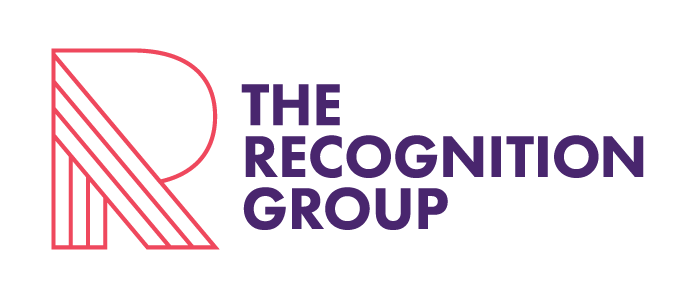How to optimise your Google Ads campaigns the right way and stop wasting money
If you’ve set up a Google Ads campaign and you’re not monitoring and optimising it constantly, you could be pouring money down the drain.
To make sure your investment pays off, you need to apply optimising tactics. By sticking to the fundamental rules of quality score, your campaigns can achieve the best results when your keywords enter Google’s auction.
This means you’ll get the lowest possible cost-per-click (CPC) and highest position ranking, effectively knocking off your competitors and earning the maximum amount of conversions your budget will allow.
How to optimise for the best quality score
Your quality score is made up of several factors, the most important of which is the relationship between the keyword, the ad copy, and the content on your landing page. Getting this right (or wrong) will determine your ad rank when you enter Google’s auction.
The diagram below compares different advertisers with different quality scores. The advertiser with the highest quality score will pay the lowest CPC, which generates more traffic for your budget.
Why you need fewer keywords
It’s important to start by controlling your ad groups. Each ad group should contain just one or two keywords. But most people use five to 10 keywords per ad group.
This is excessive: you can’t build effective ad copy with more than 10 different keywords. Creating separate ad groups for specific keywords lets you deliver custom messages, which is much more powerful.
Your advertising messages must contain the keywords. Matching your keyword/ad copy combinations as tightly as possible will increase your click-through rate (CTR), which will improve your quality score, and will eventually decrease your CPC.
Why keyword research is so important
The Google Ads Keyword Planner tool is important when building keyword lists. It’s a free tool that lets you source keywords that validate your ideas by providing search volumes and suggested bids. This is a great way to discover new keywords and provide reasoning for the keywords you select in your campaign.
However, don’t get carried away with this free feature. You still need to carefully place your keywords within specific ad groups that have specific ad messages.
If your keywords digress slightly, but are still within context of the product you’re selling, then you can create another ad group and craft ad messages around those keywords. It requires slightly more work, but the results can be well worth it.
Why campaign landing pages matter
Landing pages are a crucial element of inbound marketing strategies. According to marketingland.com, companies that have increased the number of landing pages from 10 to 15 see a 55 percent growth in the total number of leads. With this in mind, you need to consider multiple landing pages for the products you sell.
You may be thinking, creating 15 landing pages? Where am I going to find the time for this?
I know the feeling, but the hard part is really only done at the beginning when your developer codes the landing page. You can use the same design template again and again, and you just need to swap out the copy. So, don’t let that the notion of creating 15 different website pages scare you off. You just need to make sure each landing page contains the right keywords from your ad groups.
Here are some quick points you’ll need to consider to optimise your landing page:
place the keyword within the headline and meta description
use the keyword in the first paragraph
craft a message that highlights your unique selling points and what sets you apart from your competitors
focus on solving your visitor’s problem
include a strong call to action such as leading them to the contact form or shopping cart, or offering incentives to hand over their credit card or contact details
keep the lead generation form simple and easy to use.
How to use search terms and negative keywords effectively
If you use quite a few broad matched keywords then you’ll need to keep a close eye on the search terms people entered to find your advertisement. That’s because broad match keywords show results that broadly match up. So, for example, if someone searches for “security company”, Google will show results relating to home security and residential alarm systems along with IT security companies. This can result in the wrong people seeing your ad.
To avoid this waste of money, you can add “IT” as a negative keyword and monitor your search terms closely.
Using broad match keywords is still useful because it shows what people are searching for and what pages are coming up. You can use that information to build more campaign landing pages and increase your results.
So, while broad match keywords can lead to wastage if not monitored, another benefit to monitoring is that broad match keywords can open doors to other opportunities and give you valuable insight into what people are searching for. It requires daily monitoring and constant updating, but it’s free market research and will make your job easier and give you more ideas.
I don’t have time to manage my Google Ads campaign!
To effectively manage a Google Ads campaign, you’ll need to spend roughly four hours per week and at least 30 minutes per day monitoring and optimising your campaign to get the best results.
The results can deliver strong marketing outcomes, so the time invested will pay off. For example, by following these rules, we took a property services company from achieving two conversions per month to more than 77 per month.
Contact us to find out more about how we can help you optimise your online advertising campaigns and dramatically improve your conversions.
